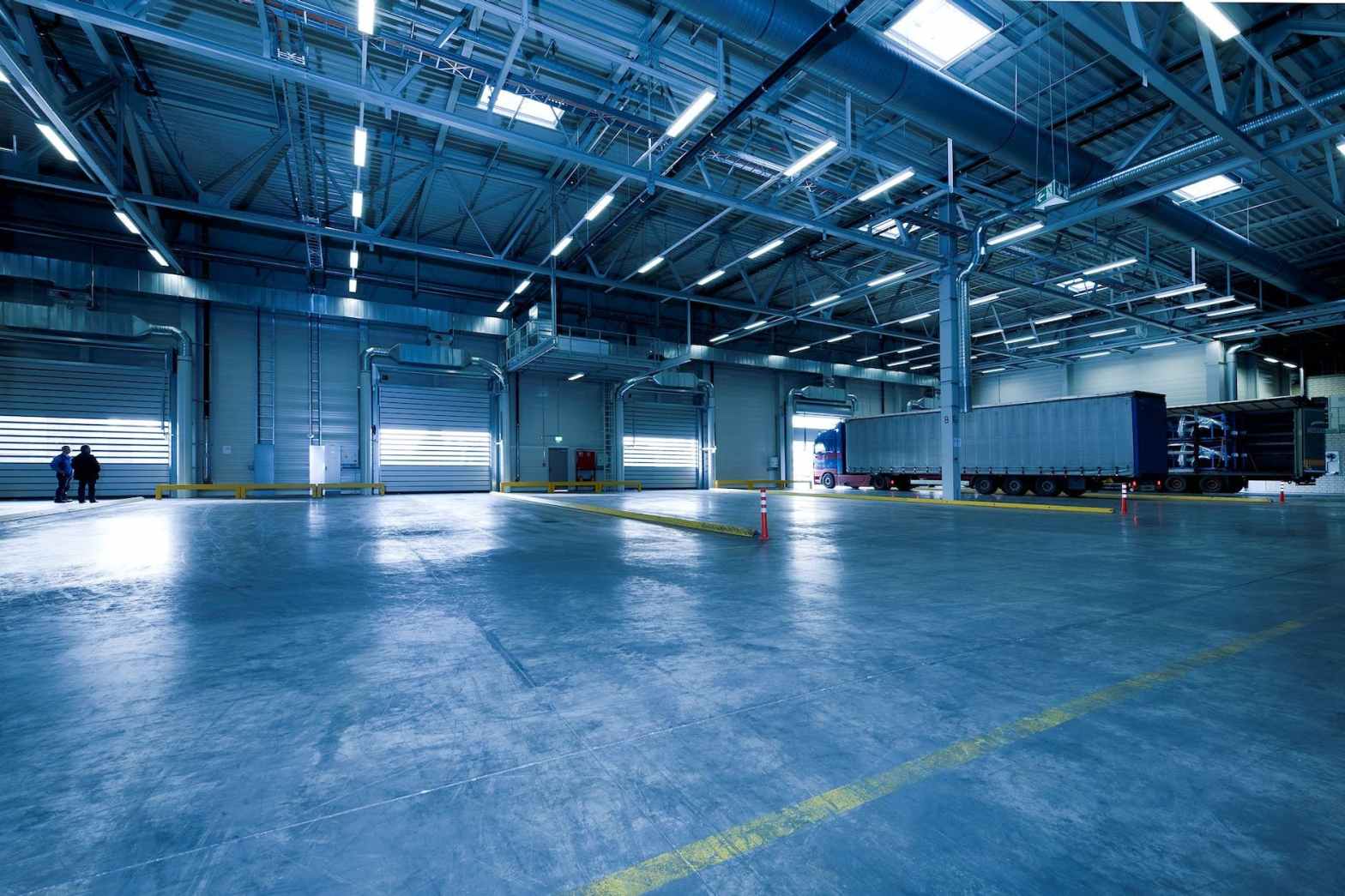“It’s been a torrid time,” Chris Bone told Housing Today this week, following the news that modular housebuilder Modulous had formally entered administration.
One of five co-founders of the business, which made all 52 staff redundant at the end of November, Bone went on to blame “the vagaries of the venture capital markets” for the firm’s collapse.
The news is not good, but it is old: Modulous’ insolvency comes in the wake of Ilke Homes’ collapse in 2023; a year which also saw the closure of Legal & General’s modular arm.
The previous year, House by Urban Splash entered administration, citing “operational issues” after posting a £12.6m pre-tax loss in 2020.
And, in June 2023, London-based developer Berkeley Group scaled back production of modular homes from its new factory in Kent, with Chief Executive Rob Perrins stating: “Berkeley’s immediate focus is on evolving the product to remove cost, weight and complexity while continuing to work with the numerous statutory bodies to achieve the various regulatory approvals required for efficient future delivery.”
Strict prefabricated modular housing often features a limited number of standardised designs, thereby limiting any required customisation through the planning process
Obtaining regulatory approval is just one of the handful of challenges which face modular build; they need to adhere to building codes and regulations, which are ever-changing and constantly evolving. A product which is not as flexible and responsive as traditional build will always struggle to confirm seamlessly, leading to delays and additional cost.
Fully prefabricated modular housing may also be a victim of the Government’s ‘Building Better, Building Beautiful’ drive. Whilst some modern methods of construction – such as timber frame – can cover a range of designs and layouts to offer potential homeowners a range of choice, strict prefabricated modular housing often features a limited number of standardised designs, thereby limiting any required customisation through the planning process as local authorities seek to create an attractive street scene.
Transportation costs also continue to be a significant limiting factor in the success of modular construction. The cost of transferring modules from A to B can become prohibitive, depending on the distance between the manufacturing facility and the site. These costs often offset many of the cost efficiencies achieved through the build process.
Factory production is also naturally linked to the capacity of the facility. Any delays or breakdowns inevitably cause costly delays, impacting project timelines and opening the door for financial penalties and damages.
Finally, not all sites lend themselves to the installation of modular buildings. Site constraints such as crane locations and size requirements can easily erase the time benefits and speed of build which modular construction offers, leaning many towards the comfort zone of more traditional building methods.
The industry cannot continue to meet levels of demand using traditional methods of construction alone
But all is not lost for modular, which does enjoy success in carbon-copy buildings such as student accommodation. The ongoing shortage of labour inevitably means that traditional methods of construction may not be feasible in the next 10 to 20 years; and as the demand for cost-effective, high-quality, sustainable housing continues to grow, it is arguably the only modern method of construction which can consistently tick boxes.
The bottom line is this: the industry cannot continue to meet levels of demand using traditional methods of construction alone. Many volume developers are already on the journey, investing heavily in timber frame factories to realise the benefits in cost and speed. But there will inevitably be a place for fully prefabricated modular housing in the decades to come, as demand for sustainable and cost-effective build grows, technology advances, and Government support begins to flow.
There is little doubt that the landscape of UK housing needs to change in the face of a housing crisis which is leaving millions of people without a home. And, whilst modular housebuilding is currently experiencing a bumpy start along the runway, its trajectory suggests a transformative role in meeting the evolving demands of the housing market.
